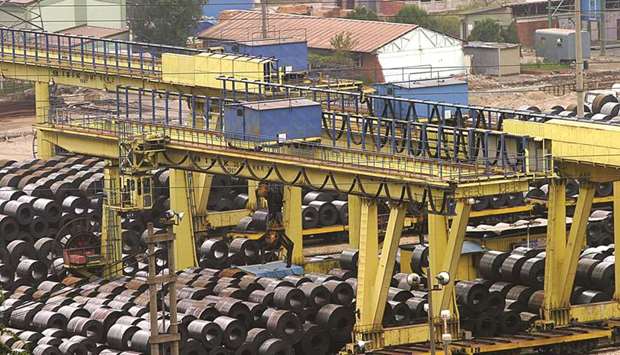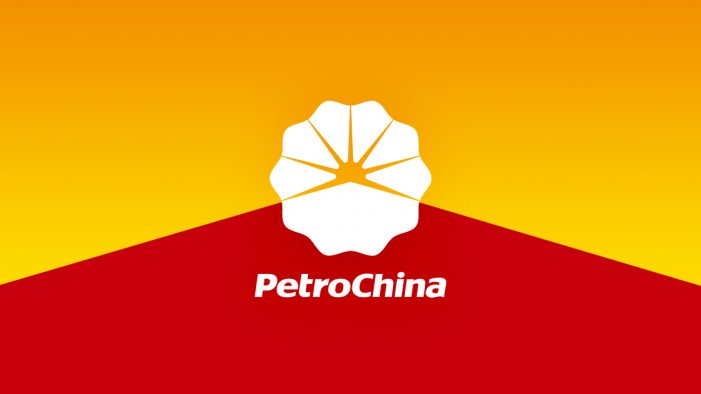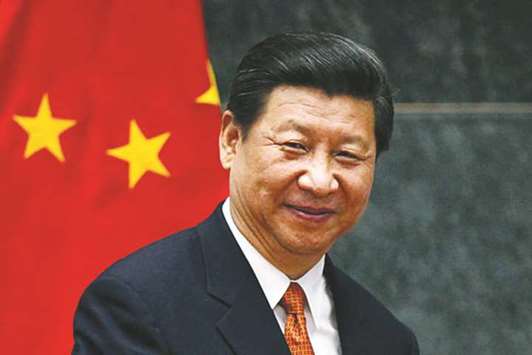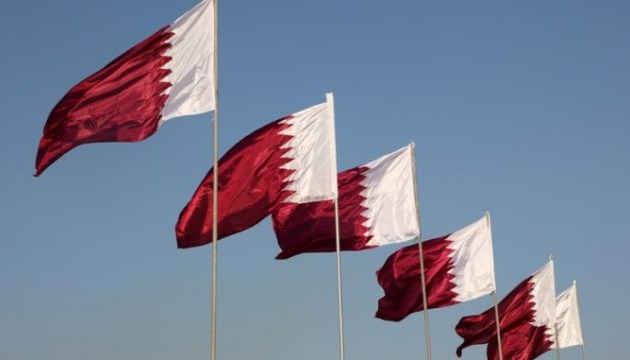Trump orders doubling of Turkey metals tariffs

Bloomberg/Washington
President Donald Trump ordered the doubling of steel and aluminium tariffs against Turkey, roiling global markets as relations between the Nato allies hit a new low.
Trump announced the decision in a tweet yesterday morning following a defiantly nationalist speech yesterday by Turkish President Recep Tayyip Erdogan in which he vowed that his country wouldn’t bow to “economic warfare.” Tensions have intensified in recent weeks over Turkey’s detention of an American evangelical pastor.
“I have just authorised a doubling of Tariffs on Steel and Aluminum with respect to Turkey as their currency, the Turkish Lira, slides rapidly downward against our very strong Dollar! Aluminum will now be 20% and Steel 50%. Our relations with Turkey are not good at this time!” Trump said on Twitter.
Heightening the tension of the day, Erdogan conferred by phone yesterday with US adversary Russian President Vladimir Putin on economic ties, Turkish and Russian media reported.
A US deadline for Turkey to release Pastor Andrew Brunson lapsed less than two days ago, according to an administration official with knowledge of the ultimatum.
The deadline — which had been set for 6 p.m. on August 8 — came just hours after Turkish officials met with counterparts at the State Department and Treasury Department in Washington to try to resolve the dispute.
The clash reverberated across global markets as Turkey’s economic crisis threatened to spread. The S&P 500 Index erased a weekly advance, European and emerging-market equities slid more than 1% and the 10-year Treasury yield slid to 2.90%. The euro sank as much as 1% to the weakest in more than a year, extending a drop triggered earlier by a Financial Times report that the European Central Bank raised concerns about banks’ exposure to Turkey.
Turkey is seeking to stanch an economic meltdown amid fallout from US sanctions imposed last week over the continued detention of Brunson, who was jailed on espionage and terrorism allegations more than two years ago and recently released to house arrest.
The US was Turkey’s fourth largest trading partner last year with $21bn in commerce, behind Germany, China and Russia.
Shares of Turkish steelmakers Kardemir Karabuk Demir Celik Sanayi ve Ticaret AS and Eregli Demir ve Celik Fabrikalari TAS plunged as much as 8% and 9.9%, respectively, after Trump’s tweet. Shares of the bank Turkiye Is Bankasi AS fell 8.7%, more than any full-day drop since 2013.
Steel was Turkey’s fourth-largest export last year, valued at $11.5bn and accounting for about 7% of total exports, according to the country’s Steel Exporters’ Association. Turkey ranks as the world’s sixth-biggest steel producer.
While the US was the top destination for Turkish steel exports last year, it tumbled to third place in the first half of this year as earlier tariffs diminished the trade.
The move against Erdogan’s government also highlights the disconnect between Turkey and the US as they fail to negotiate their way out of an array of conflicts.
Relations used to be based on strategic interests, but more recently they’ve been dominated by discord over alliances in Syria’s civil war, Ankara’s strengthening ties with Moscow, and its uneasy position within Nato. Turkey has been a key ally in the fight against Islamist terrorism in Iraq and Syria, and the US base in Incirlik is an important staging area.
Trump is working “diligently” to bring home Brunson, the president’s lawyer Jay Sekulow said earlier on Fox News. Vice-President Mike Pence and Secretary of State Mike Pompeo are also involved in that effort, he said.
When Turkey moved Brunson from prison to house arrest last month, Pompeo said it was a welcome decision but not enough.







